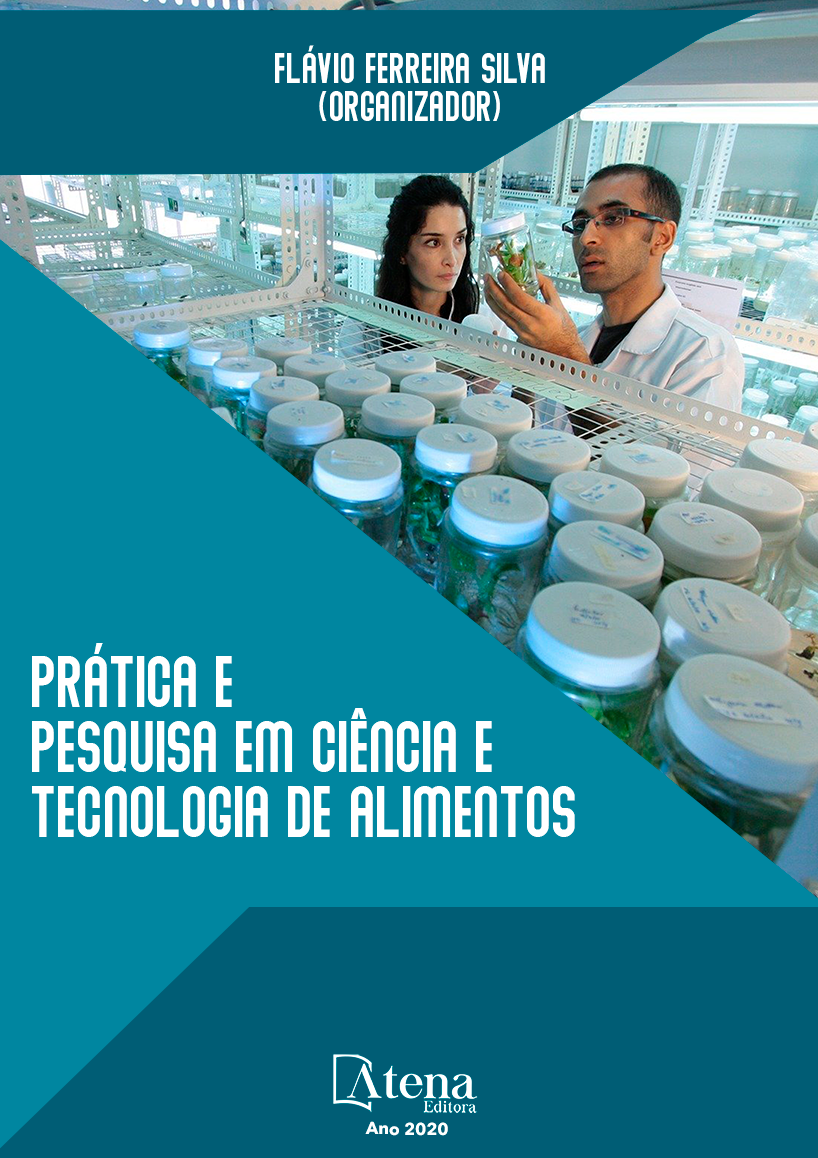
CARACTERIZAÇÃO FISICO QUIMICA E COMPOSTOS BIOATIVOS EM POLPA DE JAMBOLÃO (Syzygium cumini)
A espécie Syzygium cumini (L.) conhecida como jambolão é um fruto que apresenta valor nutricional e comprovada atividade antioxidante, entretanto os frutos podem apresentar diferenças na composição e no teor de compostos ativos, de acordo com a região de cultivo. O objetivo do presente trabalho foi caracterizar quimicamente, avaliar o teor de compostos fenólicos e determinar a atividade antioxidante de polpas de jambolão de quatro regiões diferentes no estado de Minas Gerais, MG. Frutos de jambolão provenientes das cidades de Bambuí, Córrego Danta, Medeiros e Tapiraí, foram colhidos no período de novembro de 2017 a janeiro de 2018 e imediatamente processados para obtenção de suas polpas. As polpas apresentaram diferenças nos parâmetros físico-químicos, compostos fenólicos e atividade antioxidante, com exceção apenas do teor de umidade. As polpas das regiões de Medeiros e Bambuí foram as que apresentaram melhores resultados, com maiores teores de sólidos solúveis (13,59º Brix e 13,00º Brix, respectivamente), fenólicos (573,89 mg AGE 100 g-1 e 520,61 mg AGE 100 g-1, respectivamente) e atividade antioxidante (82,56% e 74,14%, respectivamente) em comparação com as polpas das regiões de Córrego Danta e Tapiraí. Pode-se concluir que existe variabilidade nas características de polpas de frutos de diferentes regiões e que as polpas de jambolão são consideráveis fontes de compostos bioativos.
CARACTERIZAÇÃO FISICO QUIMICA E COMPOSTOS BIOATIVOS EM POLPA DE JAMBOLÃO (Syzygium cumini)
-
DOI: 10.22533/at.ed.1392010023
-
Palavras-chave: Antioxidantes; Fenólicos; Polpa; Syzygium cumini.
-
Keywords: Antioxidants; Phenolics; Pulp; Syzygium cumini
-
Abstract:
The species Syzygium cumini (L.) known as jambolão is a fruit that shows nutritional value and proven antioxidant activity, however the fruits may present differences in composition and content of active compounds, according to the region of cultivation. The objective of the present work was to characterize chemically, evaluate the content of phenolic compounds and determine the antioxidant activity of jambolan pulps from four different regions in the state of Minas Gerais, MG. Fruits of jambolão from the cities of Bambuí, Córrego Danta, Medeiros and Tapiraí, were harvested from November 2017 to January 2018 and immediately processed to obtain their pulps. The pulps presented differences in physical-chemical parameters, phenolic compounds and antioxidant activity, except for moisture content alone. The pulps of Medeiros and Bambuí regions presented the best results, with higher soluble solids contents (13.59 Brix and 13.00 °Brix, respectively), phenolics (573.89 mg GAE g-1 and 520.61 mg GAE g-1, respectively) and antioxidant activity (82.56% and 74.14%, respectively) compared to the pulps of the Córrego Danta and Tapiraí regions. It can be concluded that there is variability in the characteristics of fruit pulps from different regions and that jambolan pulps are a considerable source of bioactive compounds.
-
Número de páginas: 15
- Alessandra Regina Vital


